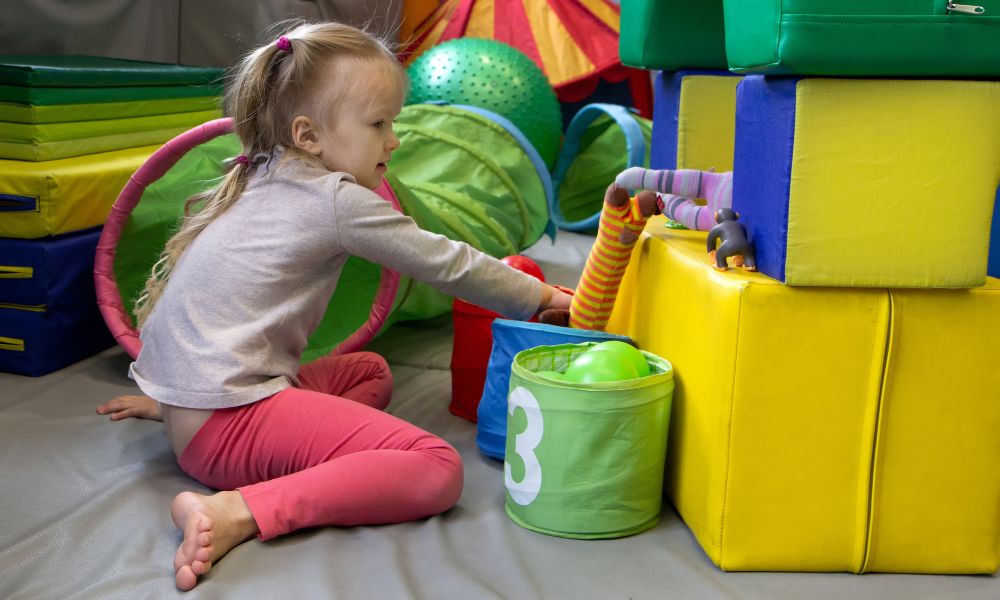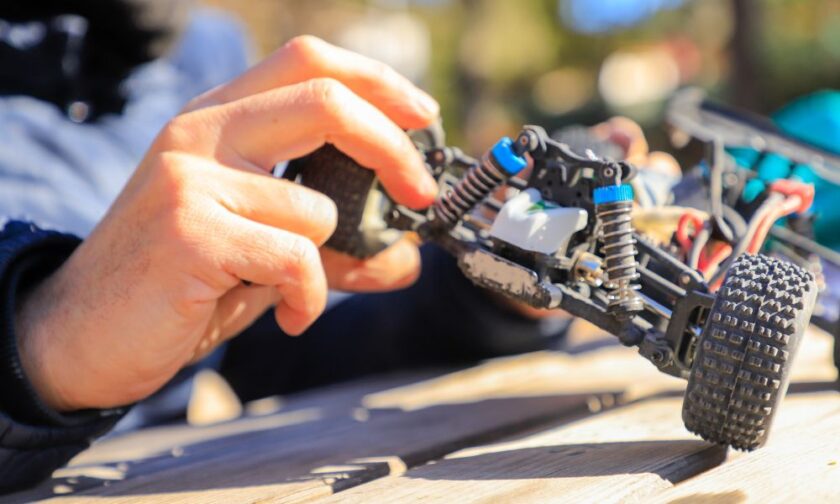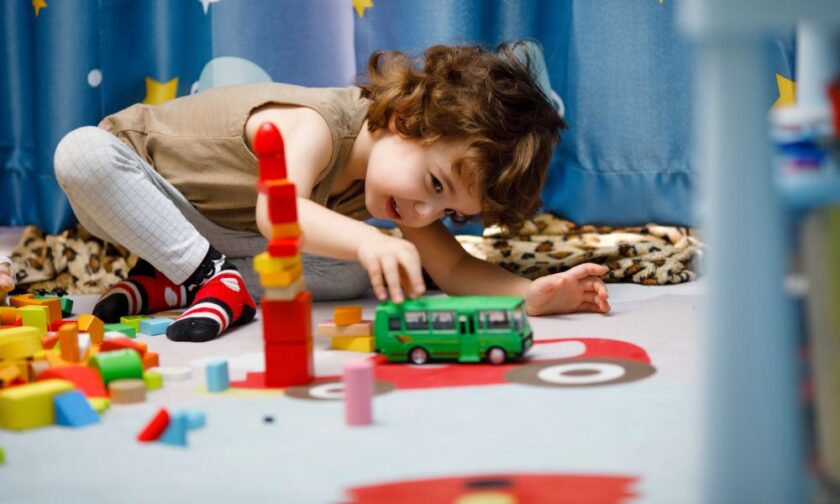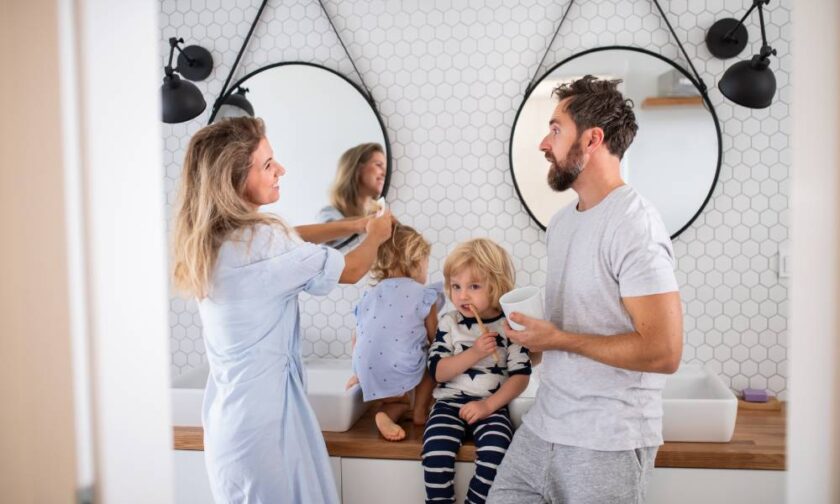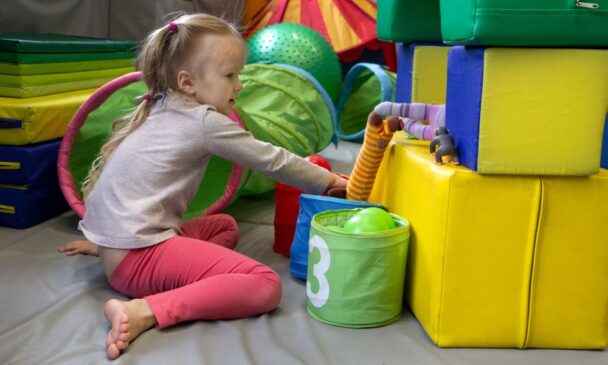
People of all ages and abilities experience the world through their senses. Children are new to our world and are still learning about it and their senses. If your child also has a sensory-processing disorder such as autism, then they may need extra help learning how to process their senses and use them to learn about the world. An indoor playground is a great way to help your child have safe sensory experiences. If you already have an indoor playground or play area, you can add these sensory games to make it even more fun and helpful.
Ball Pit Search and Rescue
It’s difficult to create a full-body sensory experience, but you can do it with a ball pit. Ball pits mimic the sensation of moving through water but are safe to use inside and don’t require any special clothes like a bathing suit. Ball pits are both visual and tactile, so your child can learn body awareness and motor planning.
To take this sensory experience to the next level, drop a toy or two at the bottom of the ball pit. Your child will have to fully immerse themselves in the plastic balls to retrieve the toy. This will stimulate their auditory systems as the balls distort sound. Full immersion will also massage their entire body for additional tactile experience.
Twister for Additional Senses
Most of us know about the main five senses: touch, taste, smell, sight, and sound. However, there are two additional senses that help us navigate the world: proprioception and vestibular. Proprioception refers to controlling body awareness, and the vestibular sense incorporates balance and spatial orientation. The gross motor play children experience within playgrounds already helps develop these senses, but playing Twister can stretch them even further.
Twister helps with proprioception and the vestibular sense because the game requires your child to control their body and balance in a limited space. This is also a group game, which can heighten the need for body control, balance, and spatial orientation. If your child struggles with loud noises, then this is a great sensory experience for them, as it’s a quiet game to play.
Simon Says With Musical Instruments
Although some children can struggle with loud noises, playing musical instruments is a great sensory experience. This starts when they pick up an instrument. Instruments come in all materials—from the smooth plastic of a toy recorder to the wooden handles of maracas—and will exercise your child’s tactile senses. And listening to the music they create will exercise their auditory muscles.
Have your child watch you or someone else play the same instrument as them. Then ask them to mimic that person’s movements. This engages their visual senses and helps integrate all their senses. Interactive musical elements are one of the coolest features you can add to your home’s indoor playground, so expect your child to love it.
You can add sensory games to an indoor playground to give your child a break from gross motor play. They will also help them learn about the world through their senses. While children will prefer different sensory experiences, these games will help them develop all their senses.
